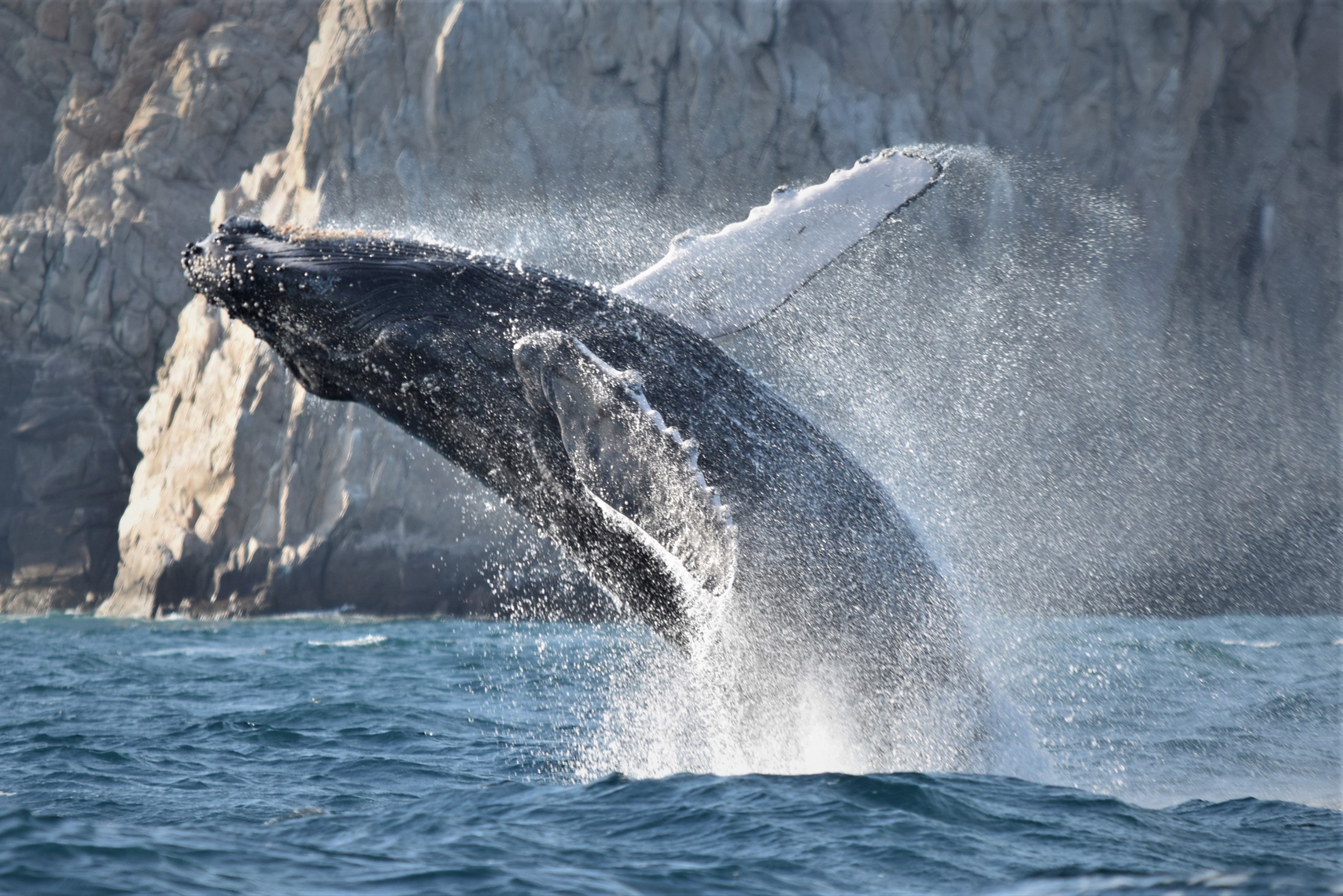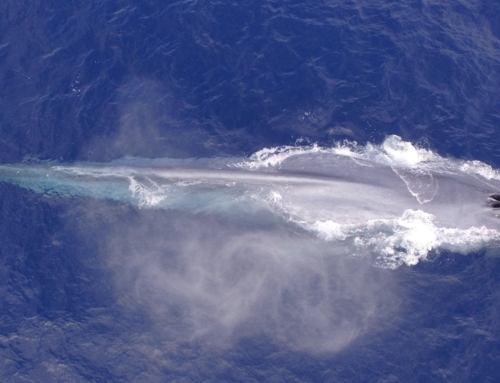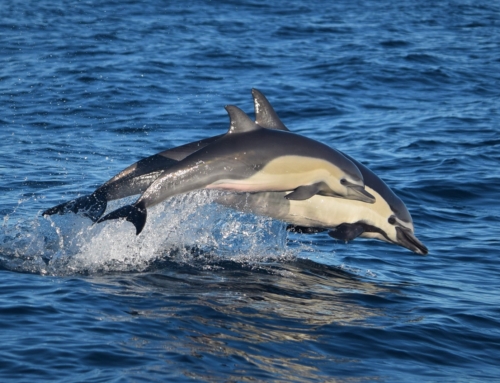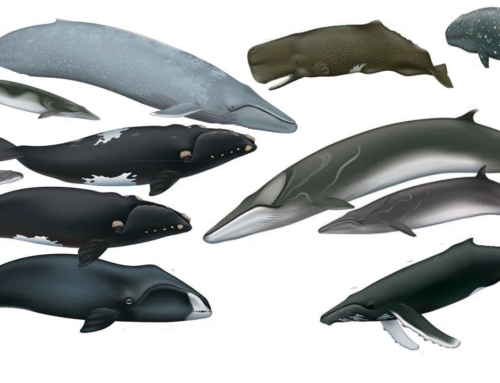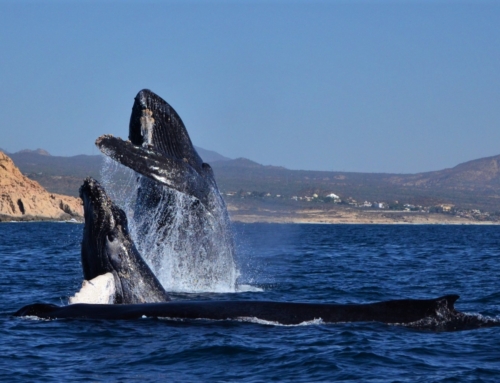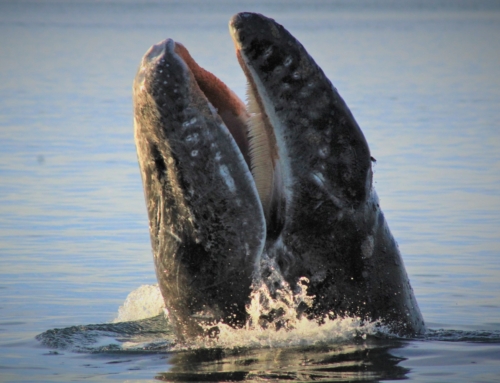It’s our favorite time of the year once again, whale watching season is back! Find out everything you need to know about the Los Cabos whale season…
There are many reasons to get excited in December. The holiday season is a time for family, food and for those of us in Baja California, the return of the whales! It’s a gift that keeps on giving for five months each and every year! We still feel like kids the night before Christmas as it approaches. The arrival of Humpback & Gray whales to Baja waters signals the start of a magical time, there will be singing, acrobatics, competition, conceptions and the beginnings of new lives. The scenes we will witness on our trips may seem mundane or fanciful to human eyes, but these are some of the most important moments in the lives of these incredible beings.
Whale watching is a great activity to do anywhere where there are whales to see. But in areas such as ours, where Humpback whales spend their winters, the sightings can be truly spectacular. Humpbacks are known for their acrobatic prowess. That’s a startling fact when you consider that they can weigh as much as 40 tons. They perform a diverse range of maneuvers such as breaching, fin slapping, lob tailing, spy hopping, lunging and more. These behaviors are predominantly used for communication and socializing. They can be aggressive, defensive, a way to communicate danger or show strength and virility among males competing for mates.
But it isn’t just Humpbacks that make Los Cabos a premier whale watching destination. There is much to be found in these waters…
What will we see?
It is possible to encounter a wide variety of marine mammals and other ocean life throughout the year in this part of the world. Cabo San Lucas is situated at the meeting point of the Sea of Cortez and the Pacific Ocean. You can find a more in depth guide about marine life in the area here or read detailed descriptions of species in the area here.
Besides Humpback whales, there are other great whale species like the Gray, Blue, Fin & Sperm. We find pods of playful dolphins, Bottlenose, Common, Spinner and others. There are top predators such as False and regular Orcas/Killer whales. Factor in the Sea lions, Mobula rays, turtles, birds and the occasional leaping Striped Marlin or shark and you might be starting to understand our excitement.

Common dolphins are one of the many marine
mammal species found around Los Cabos.
When is whale watching season in Los Cabos?
The whale watching season in Los Cabos is structured around the migration patterns of a single species, the Humpback whale. The whales start arriving as early as November and will depart for their summer feeding grounds by May. The official dates for the season are 15 December – 15 April. During this time sightings of the Ocean’s greatest acrobat are all but guaranteed around Los Cabos.
There is another, shorter, season for visits to Magdalena Bay to see the Gray whales. This happens in February and March only and requires two days as the area is around 5 hours drive from Cabo. It may be out of the way but it is well worth the journey.

A Humpback whale Spy hops close to a boat
full of delighted whale watchers.
Things to note for the 2019/20 whale watching season
The rules and regulations for whale watching in Mexico remain unchanged since the most recent update in 2010. These rules include things such as boats needing to be registered for whale watching, keep a distance of at least 60 m (200 ft) from the whales, maintain a speed of 2 knots and spend no more than 30 minutes with any one whale/group of whales. All observations must be made from the surface, entering the water with the whales is prohibited. These rules are all there protect the whales while they go about their lives in their natural habitat.
The rules do not, however, prohibit the whales from coming closer than 60 m (200 ft) from us. As with all mammals, they can be curious. Sometimes they approach stationary boats to within feet and give lucky whale watchers the experience of a lifetime. This is especially true of a trip to Magdalena Bay to see the famously friendly Gray whales that regularly approach boats. Amazing encounters like these make Baja California probably the top destination in the world for whale watching.
We feel as privileged as ever to work with these magnificent marine mammals and look forward to sharing more magical moments with them, and you, this season!

Whale watchers looking in to the eye of a Gray
whale calf in Magdalena Bay.

